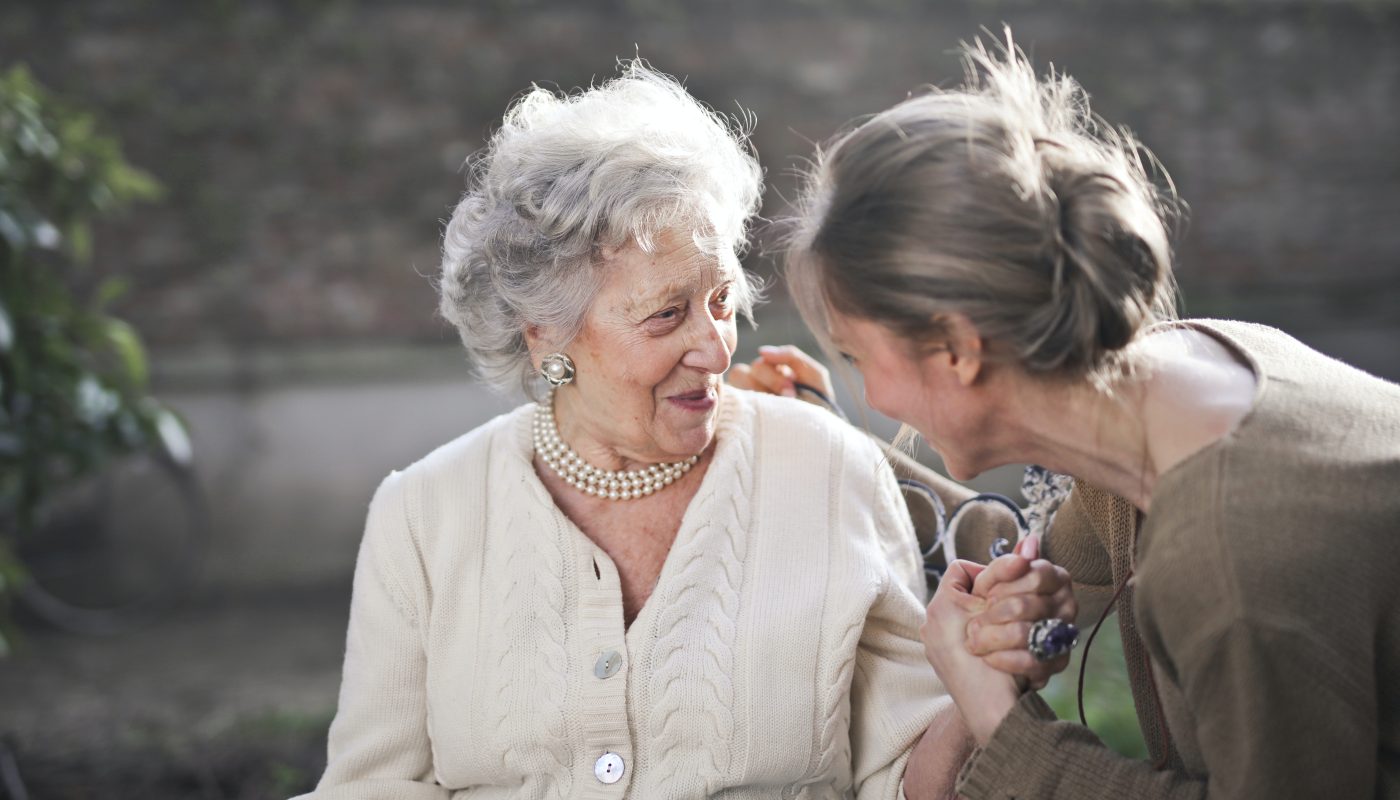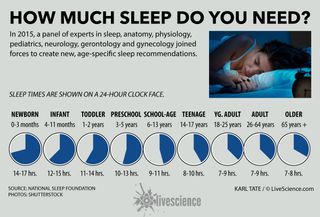As individuals age, various changes occur in the body, and this includes the decline in vision and hearing capabilities. Vision and hearing health are vital aspects of the overall well-being of the elderly population. With age, these sensory functions tend to gradually deteriorate, impacting the elderly’s quality of life, independence, and even their safety. Understanding the importance of vision and hearing health in the elderly is crucial for providing appropriate care and support to this population.
Vision Health in the Elderly
Vision plays a vital role in our daily activities, enabling us to navigate the world around us effectively. Unfortunately, with age, the risk of developing various vision problems increases. Common vision conditions among the elderly include presbyopia, cataracts, glaucoma, diabetic retinopathy, and age-related macular degeneration.
Presbyopia is a natural age-related condition where the lens of the eye gradually loses its flexibility, leading to difficulties in focusing on close objects. Cataracts cloud the eye’s lens, causing blurry or cloudy vision. Glaucoma is characterized by damage to the optic nerve, often resulting from increased pressure in the eye. Diabetic retinopathy is a complication of diabetes that affects the blood vessels in the retina, leading to vision impairment. Age-related macular degeneration affects the central part of the retina, gradually causing blurred or distorted vision.
Regular eye examinations are essential for early detection and management of vision problems in the elderly. Corrective lenses, medication, surgery, or other interventions can help alleviate vision-related issues. Additionally, adopting a healthy lifestyle, such as consuming a nutrient-rich diet, protecting the eyes from UV rays, and avoiding cigarette smoke, can also contribute to maintaining good vision health.
Hearing Health in the Elderly
Hearing loss is another common challenge faced by the elderly population. It can significantly affect their ability to communicate, engage in social activities, and maintain close relationships with others. Age-related hearing loss, known as presbycusis, is the most prevalent type of hearing loss among older adults.
Presbycusis typically occurs due to changes in the inner ear, including the loss of hair cells and stiffening of the ear’s structures. Exposure to loud noises over a lifetime, certain medical conditions, and genetic factors can also contribute to hearing loss in the elderly. Individuals with untreated hearing loss may experience feelings of isolation, frustration, impaired cognitive function, and reduced overall well-being.
Regular hearing screenings, especially for those over the age of 50, are crucial for early detection and appropriate intervention. Hearing aids, assistive listening devices, and various rehabilitation options are available to help improve hearing and enhance communication abilities. It is also important to create an environment that accommodates individuals with hearing loss, such as improving acoustics and using visual aids during communication.
The Impact on the Elderly
Declining vision and hearing health can significantly impact the lives of the elderly. Reduced vision can make everyday tasks, such as reading, driving, or recognizing faces, challenging. Falls, accidents, and injuries are more likely to occur due to compromised vision. Moreover, older adults with vision loss are at a higher risk of developing conditions like depression and social isolation.
Hearing loss, on the other hand, affects an individual’s ability to communicate effectively, leading to misinterpretation of information and difficulties in navigating conversations. This can lead to frustration and withdrawal from social interactions. Hearing impairments are also associated with cognitive decline, as the brain’s auditory stimulation decreases, impacting memory and cognitive functions.
Recognizing the impact of vision and hearing difficulties on the elderly’s well-being should prompt individuals, caregivers, and healthcare professionals to implement appropriate measures to support this population. This may include regular check-ups, assistive devices, environmental modifications, social support, and tailored interventions to enhance their quality of life.
Conclusion
Vision and hearing health are crucial components of maintaining a high quality of life and independence in the elderly. Age-related changes in vision and hearing can lead to significant challenges and impact overall well-being. By understanding the common conditions and challenges associated with vision and hearing loss in the elderly, appropriate interventions can be implemented to support this population. Regular screenings, early detection, and access to proper care and support are essential for addressing vision and hearing issues in the elderly and ensuring they can maintain a good quality of life as they age.




